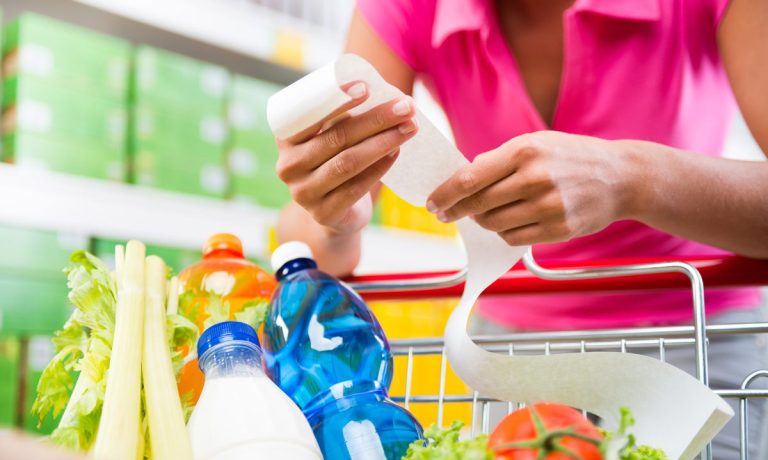Retailers Enjoy Relief Rally on Hope That Inflation May Have Topped

Compared to retailers, economists are lucky.
That’s because, with the stroke of a pen, the financial prognosticators can simply “back out” all the different cost increases that are behind the latest 8.5% spike in inflation.
“If you ignore food, shelter and transportation, Mrs. Jones, your costs barely increased last month,” the econo-think reasoning goes.
That’s about the same time that Mrs. Jones goes to hit you over the head with a loaf of bread, but then decides not to because bread has gotten too expensive to waste.
In fairness, economic back-outs aren’t done to obfuscate what consumers already know full well, they’re done to bring clarity and shine light on which parts of the economy are experiencing the biggest price increases. And according to the latest data, save for sky-high used car prices, the answer is all of the above, as in, everything is more expensive right now.
For retailers and consumers, of course, there are no back-outs. There is only the collective truth that the vast majority of their customers under the age of 70 have less buying power right now than at any other point in their adult lives.
It’s hard to sugarcoat a truth bomb like that, but for those inclined to find something good to say about the corrosive and destructive effect of inflation it might be, it could have been worse.
“Feels weird to say I’m relieved CPI came in at only 8.5% y/y instead of the 9 or 10 handle we feared,” SoFi Head of Investment Strategy Liz Young commented on Twitter.
Retailers Fall Back to Earth
If you use the S&P Retail Index as a barometer, this basket of brands has fallen about 25% from an all-time high hit the week before Thanksgiving, compared to the more modest 4% haircut experienced by the S&P 500.
The near-term leadership reversal not only reflects the prospects that retailers face from consumers with less to spend, but also the reality that the Federal Reserve is actively trying to douse this financial fire via its only tool and is increasing interest rates — a move that addresses one problem for retailers but unleashes another in the form of higher borrowing costs.
Looking longer term at the rise and fall of retailers also helps to put this sudden slump into perspective, as that very same bundle of brands — even with the recent givebacks — is still up 135% from the COVID lockdown lows of March 2020, which is more than double the 65% bounce experienced by the broader benchmark over the past 25 months.
Green Shoots
While trailing earnings results from retailers and other companies associated with consumer discretionary spending are set to start rolling in in increased numbers over the coming days and weeks, there are several green shoots that might offer some relief for this beleaguered industry group, and a mindset change was already underway in early Tuesday (April 12) trading.
For example, using the “coulda been worse” premise, that not only holds true for March data, but it is very likely to be true for April too, meaning that perhaps today’s 8.5% CPI print marked a top.
In fact, after hitting a record high exactly one month ago, the AAA’s national average price of regular gasoline has slid about 6% in the past 30 days to $4.10 per gallon. Far from cheap, but clearly trending lower and additional fuel-related responses, such as increasing ethanol inputs, are yet to be factored in ahead of the busy summer travel season.
Of course, there is no telling what the future will bring, but for the moment, there’s no denying that the S&P’s basket of retailers was enjoying some positive momentum, with all 10 of the index’s largest holdings posting gains ranging from 2% to 8% in the first 30 minutes of trading Tuesday.
Whether it’s Ollie Bargain Basement on one end, Nordstom on the other, or Murphy’s oil change shops in the middle, retailers clearly like the idea that they can maybe scratch one problem off their lists, as price increases may have topped and could be coming down.